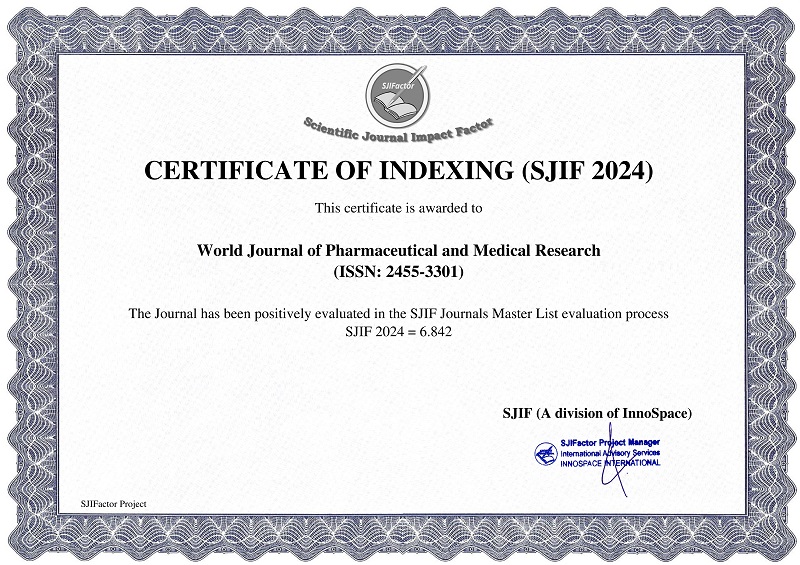A PROSPECTIVE OBSERVATIONAL STUDY ON THE PREVALENCE, ANTIBIOTIC PRESCRIBING PATTERN AND ASSESSMENT OF HEALTH RELATED QUALITY OF LIFE IN PATIENTS WITH LOWER RESPIRATORY TRACT INFECTIONS
Fisana, W. Jolin Christina*, Sangeetha S.*, Dr. Sree Lekshmi R. S., Dr. Grace N. Raju,
Dr. Prasobh G. R., Dr. Nithin Manohar R.
ABSTRACT
A prospective observational study was conducted on 100 patients to assess the prevalence, antibiotic prescribing patterns, and health-related quality of life (QoL) in patients with Lower Respiratory Tract Infections (LRTIs), which include bronchitis, bronchiolitis, and pneumonia. LRTIs occur when there is an infection of the lungs, typically caused by viruses, bacteria, or other organisms, and are more prevalent in the paediatric population than in adults and geriatrics. The study aimed to evaluate the prevalence of LRTI, study antibiotic prescribing trends, and assess QoL using the SF-36 questionnaire. Data were collected from patients in the Pulmonary, Critical Care, and Sleep Medicine department, where LRTI was found to be the most prevalent respiratory disease. Prevalence was higher in paediatric patients and males compared to other groups. Prescriptions were analyzed, revealing that the most commonly prescribed antibiotics were Cephalosporins such as Cefuroxime, Cefoperazone Sulbactam, and Ceftriaxone; followed by Macrolides like Clarithromycin and Azithromycin; Penicillins including Amoxicillin Clavulanic acid and Piperacillin Tazobactam; and the Carbapenem Meropenem. Patients were provided with counselling and a Patient Information Leaflet (PIL) to enhance their understanding and adherence, and the SF-36 QoL questionnaire was used both before and after counselling, with follow-up after two weeks. A significant improvement in health-related QoL was observed post-intervention, leading to the conclusion that LRTI is the most common respiratory disease in the setting studied, particularly affecting paediatrics and males, and that appropriate antibiotic therapy combined with patient education significantly improves QoL outcomes.
[Full Text Article] [Download Certificate]



